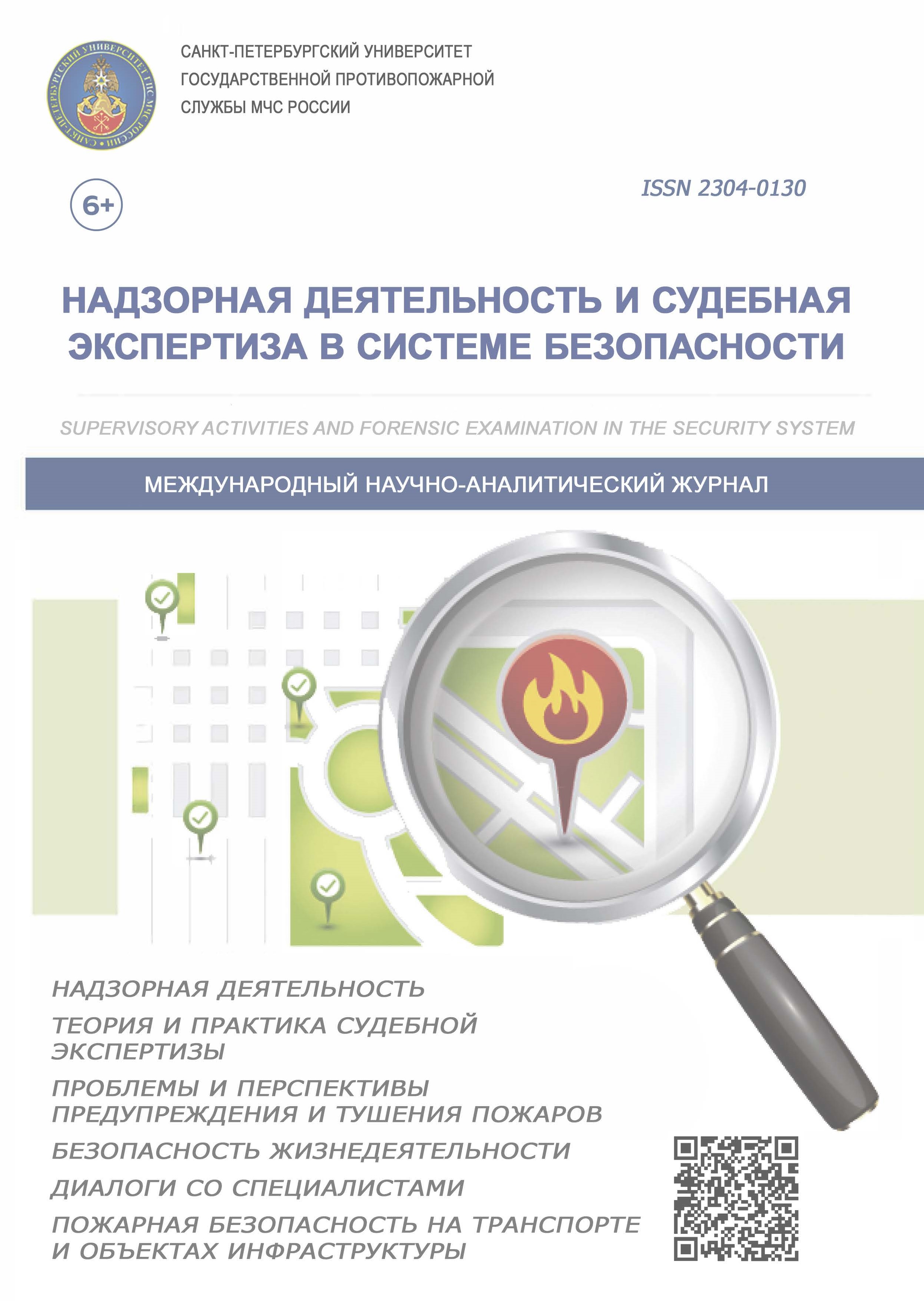Russian Federation
Russian Federation
Russian Federation
The requirements for protective materials capable of reducing the likelihood of false fire alarms due to external mechanical and electromagnetic influences while maintaining the basic tactical and technical characteristics are formulated. The strategies for creating self-healing polymer thermally conductive composites are analyzed. The results of a study of the mechanical properties of polyimide foils under tension are shown, as well as graphs of the effectiveness of the process of self-healing of the thermally conductive properties of polymers based on oxyethyl ether and polydimethylsiloxane reinforced with graphene in the direction along and across the polymer matrix after 10 cycles of mechanical action. It is concluded that such a foil can be used as a promising protective material for the installation of multipoint fire detectors.
multipoint fire detectors, polyimide foil, graphene, polymer matrix
1. Analysis of the effectiveness of thermal multipoint fire detectors / V.L. Zdor [et al.] // Fire and explosion safety. 2004. Vol. 13. № 1. P. 30–32.
2. Modern fire early detection systems / M.V. Savin [et al.] // Fire and explosion safety. 2003. Vol. 12. № 6. P. 70–73.
3. Calculation of parameters of multipoint fire detectors of summing type during design / G.M. Karnaukhov [et al.] // Fire safety. 2005. № 1. P. 106–112.
4. Gong Ha Song, Kang Kwang Soo, Yang Jung Song. Comparative study of conventional and analog fire sensors with different numbers of fire detectors // International journal of control and automation. 2018. № 3. Vol. 9. P. 299–308.
5. Sapronov S.V. Automated control of the security alarm system / Product quality: control, management, improvement, planning: collection of scientific articles of the 4th Intern. youth scien. and pract. conf.: 3 Vol. 2017. P. 283–286.
6. Superior toughness and fast self-healing at room temperature engineered by transparent elastomers / S.M. Kim [et al.] // Adv. Mater. 2018. № 30 (1). P. 1705145. DOI:https://doi.org/10.1002/adma. 201705145.
7. Self-healing thermally conductive adhesives / U. Lafont [et al.] // J. Intell. Mater. Syst. Struct. 2014. № 25 (1). P. 67–74. DOI:https://doi.org/10.1177/10453 89X13498314.
8. A self-healing silicone/BN composite with efficient healing property and improved thermal conductivities / L. Zhao [et al.] // Compos. Sci. Technol. 2020. № 186. P. 107919.DOI: 10. 1016/j.comps citech. 2019.
9. Lightweight, flexible cellulose-derived carbon aerogel@reduced graphene oxide/PDMS composites with outstanding EMI shielding performances and excellent thermal conductivities /P. Song [et al.] // Nano-Micro Lett. 2021. № 13. P. 91. DOI:https://doi.org/10.1007/s40820-021-00624-4.
10. Self-healing and shape-memory properties of polymeric materials cross-linkedby hydrogen bonding and metal-ligand interactions / Yu. Kobayashi [et al.] // Polym. Chem. 2019. № 10 (33). P. 4519–4523. DOI:https://doi.org/10.1039/C9PY0 0450E.
11. Self-healing high strength and thermal conductivity of 3D graphene/PDMS composites by the optimization of multiple molecular interactions / H. Yu [et al.] // Macromolecules. 2020.№ 53 (16). P. 7161–7170. DOI:https://doi.org/10.1021/acs.macro mol.9b02544.







